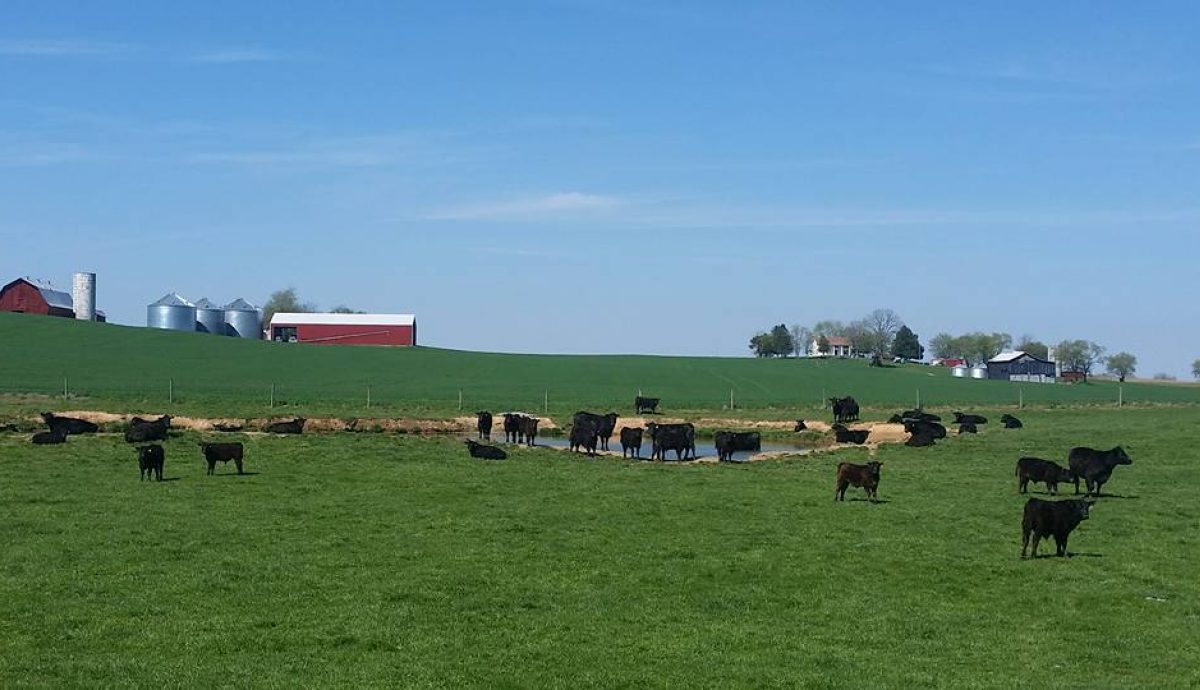Is Ag the Answer to STEM?
Surprisingly, many teachers don 't recognize how agriculture can be a useful context to teach STEM.

by: Dr. Kristopher Elliott, Director of STEM for Metropolitan Nashville Public Schools
There is no doubt that STEM has become a hot topic in education. Teaching science and math with a silo approach does not reflect the real world, and often falls short of giving students the ability to problem solve as critical thinkers; a vital skill set business and industry are becoming more and more vocal about. Moreover, the interest in STEM has started to materialize in the form of grants, private funding opportunities and block funding to many schools and districts across the country.
With all of this interest, it can seem like a no brainer to move toward more purposeful STEM instruction, but this is easier said than done. If you’ve ever done a search for STEM curriculum you will quickly find that the problem is not a lack of information. It is actually quite the opposite; your browser will be full of lessons, resources and activities, often to the point it becomes overwhelming. Additionally, cherry picking cool lessons without a comprehensive approach to STEM instruction can cause confusion among students - they need to know where it all fits together in a way that connects to their own lives.
Agriculture may be the answer.
One thing is for certain, in order to survive, your students need food, fiber, and shelter - all of which are provided by agriculture. Surprisingly though, most students don't seem to make that connection, and furthermore, many teachers don’t recognize how agriculture can be a useful context to teach STEM. But without an agricultural background, how do teachers use this context as a teaching tool? How does an urban educator connect students with agriculture when many of them are generations removed from the farm and live far from production areas? The answer is pretty simple actually: Know the resources available to you. Organizations like the American Farm Bureau Foundation, Agriculture in the Classroom Organization, and Beef Checkoff, offer numerous resources for teachers to incorporate agriculture and STEM concepts into the classroom. For example, when discussing genetics with students, teachers can explore how purposeful selection of breeding stock in beef animals has helped produce leaner animals with more efficient feed conversion ratios. Additionally, science, engineering, and technology has produced equipment that can sort sperm cells in order to produce female offspring, which are much more valuable to beef breeders. And if ethical concerns arise in such discussions, the use of socioscientific issues can help guide discussion of how ethics keep up with our scientific and technological developments.
The technological advancements in agriculture, particularly with regard to sustainability, GPS, and computers, are staggering. For example, computers and software can help farmers more precisely apply fertilizers, leading to less waste and potential runoff. Modern tractors drive themselves, can call the service technician when they need maintenance, and even give their exact location so the technician will have precise directions. With all of this in mind, teachers will find just a few clicks can help them locate lessons rooted in agriculture that have standards based scientific, mathematical, technological and engineering applications. Agriculture is a great option for teachers to engage students in STEM concepts in a way that directly and indirectly impact their lives.
Get the resources! Learn about Beef!
Read More about STEM & Ag: What is a Farmer? Mooving with STEM
Dr. Kristopher Elliott was a participant in our On the Farm STEM experience. Learn more here.










